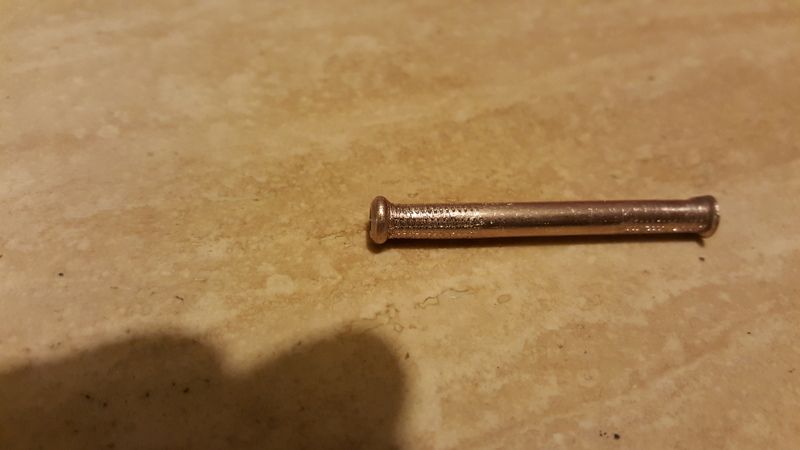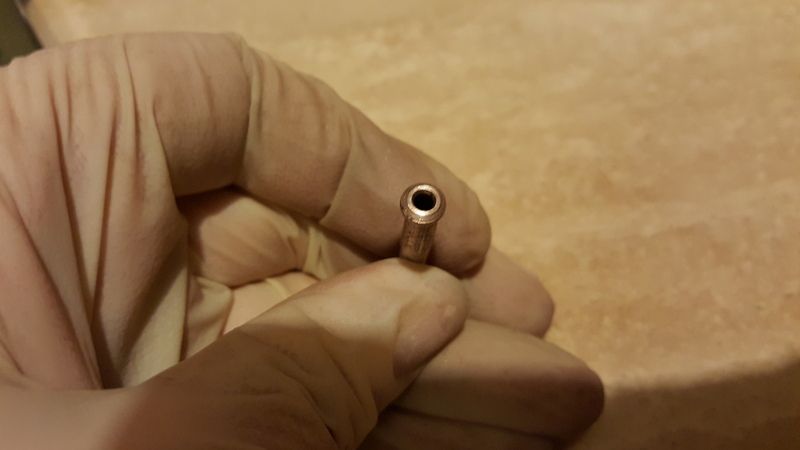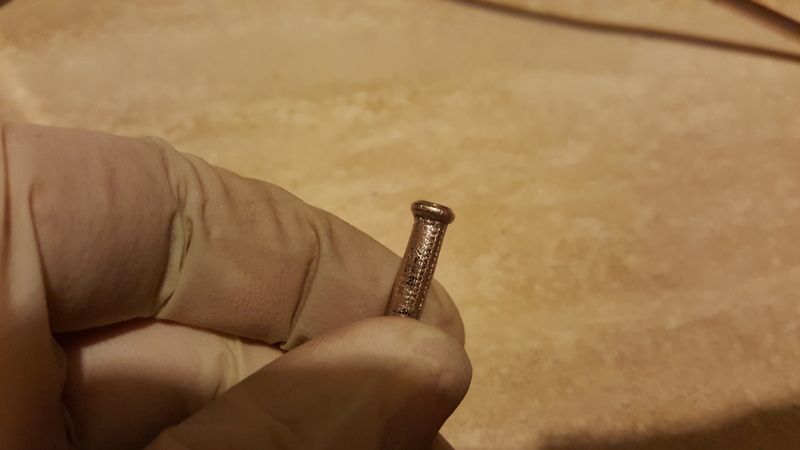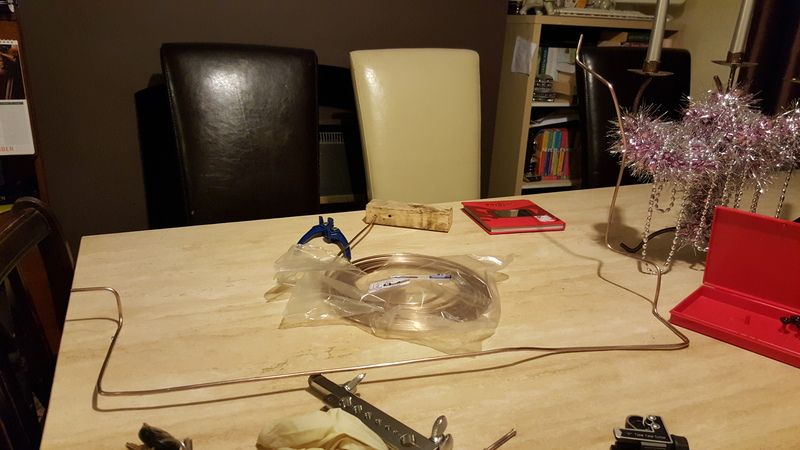I am in the middle of replacing the entire braking system on one of my cars with Kunifer pipe with braided hoses for the chassis to strut & rear axle however it's seeming tricky to flare the pipes so I was hoping a few of you could review what I've done.
It is a Clarke pipe flaring kit but the instructions are useless as following them just destroys the pipe as you can see on the right side of image 1.
This is what i'm getting-



As you can see they aren't coming out "clean", but will the fixing them in place using the correct fittings still give me a good seal with what I have here once it's all torqued up properly?
I don't want to mess with the end of the pipe I've been shaping as there are quite a few bits shaped like this which I really don't want to mess up and have to do again-

It is a Clarke pipe flaring kit but the instructions are useless as following them just destroys the pipe as you can see on the right side of image 1.
This is what i'm getting-



As you can see they aren't coming out "clean", but will the fixing them in place using the correct fittings still give me a good seal with what I have here once it's all torqued up properly?
I don't want to mess with the end of the pipe I've been shaping as there are quite a few bits shaped like this which I really don't want to mess up and have to do again-


